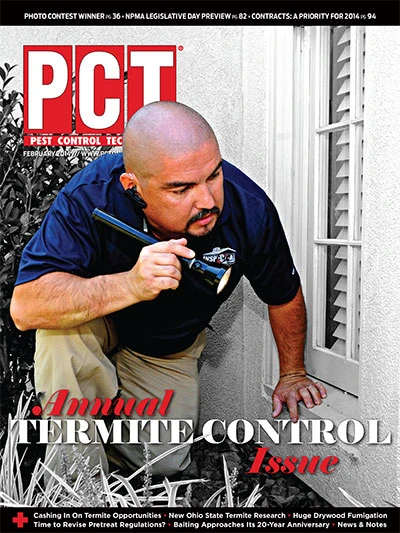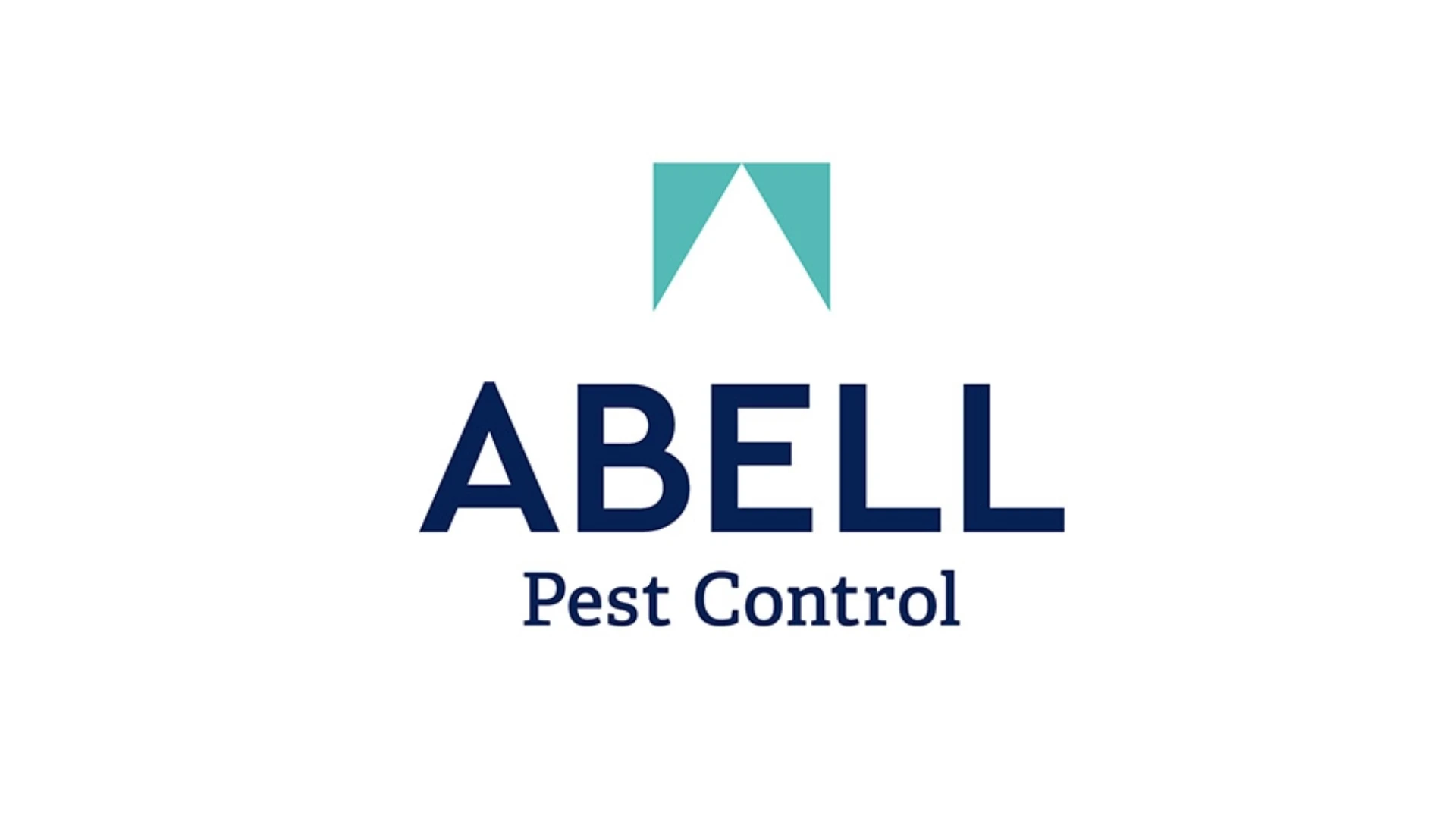 One of the priorities of your business this year should be to make sure your pest, termite/WDO, bed bug, fumigation and other contracts and documents are up to date. The claims our insurance company has seen over the last few years clearly show that a number of pest professionals have outdated contracts that need to be made current for today’s civil climate.
One of the priorities of your business this year should be to make sure your pest, termite/WDO, bed bug, fumigation and other contracts and documents are up to date. The claims our insurance company has seen over the last few years clearly show that a number of pest professionals have outdated contracts that need to be made current for today’s civil climate.
What follows is a review of contracts for the most common pest services provided by the industry as well as a general comment or two of some mistakes we are seeing overall. Contracts are just like certain pest products, tools and training — they need to be updated from time to time.
Why is an updated contract necessary? Or, for that matter, why is a contract needed at all? We have seen marketing efforts from PMPs about “contract free” services for their customers. We can see this for competitive reasons but what most PMPs do not understand is what happens down the road should a claim or, even worse, a suit occur? That is the issue with a “contract free” contract.
Also, what about contracts that have not been updated for 10, 20 or even 30 years? Whether the structure has been retreated or not, these old contracts are still around and most are probably outdated. This is a serious issue for many pest management firms.
General Pest.
Here is a review of residential, commercial and bed bug account contracts.
Residential
We understand how many pest companies do not want to have contracts that might scare off residential customers. Customers do not want to feel that they are being “pressured” and want the freedom to be able to stop whatever service they are receiving. Although we understand, we feel this is a mistake.
Most general pest claims will come from commercial accounts but when we do get one on the residential side it can be severe. Consider this example: An insured used a certain product for a simple general pest application. The insured did not have a contract with the customer and did not document the product used. (Author’s note: This insured is really a great PMP and knows his stuff.) But, he made the simple mistake of not having a contract and not documenting the product used. To make a long story short, the plaintiff is suing the insured for using lindane inside the home. Samples were taken and lindane was found (very, very small sample amounts). This insured did not use lindane. We know the product used but again it is not documented. There is no contract to confirm what the limitations are for the pest management professional if there is a claim or suit. By the time this matter will be over our expenses to defend will probably be more than $100,000. Win or lose, this insured now has at least a six-figure claim on his loss run. That’s not great for his loss history. But this shows how simple wording can really save your company in the long run.
Commercial
Over the last five years we have seen a dramatic increase in general pest claims, especially dealing with commercial accounts and multi-dwelling buildings. The most common are inhalation claims, target insect issues, bed bugs (to be discussed later), other insect bites, misdiagnosis, theft allegations, carpet stains, lost keys and more types of exposures that easily can be addressed in a simple contract.
|
What about attorneys’ fees? There are certain clauses or wording, as well as certain exclusions and clauses, that should be in most of your contracts. There are a few items that should be excluded from your pest contracts. One issue surrounds attorneys’ fees. In the last few years, especially in the West, pest professionals are adding a clause in their contracts that if a matter goes to arbitration or trial that the prevailing side (the winner) gets their attorneys’ fees reimbursed. We are not talking about collection issues, but disputes on damages and injuries. To those who do not deal with litigation and trials we can see how you might think this would be effective wording to prevent nuisance claims from being filed. You are probably right in a lot of circumstances. But what you may not know is that in just about every state where the attorneys’ fee issue has comes up, if the plaintiff gets even $1, they get their attorneys’ fees back. There is not a lot of grey area here. Let’s say you think you won on a matter where the customer wanted $20,000 on their questionable termite claim and the judgment comes back for $3,000 (which you offered last year). If you have that attorney’s fees clause in your contract, you might now have to pay the $10,000 attorneys’ fee bill the customer had to pay. A scarier example: An apartment complex filed suit against the pest professional for six figures on termite damage found. We go to trial and the PMP gets hit for $100,000 in damages. (The decision was not that bad considering the facts and the damages that were being claimed.) The problem was the insured had the attorneys’ fee clause that the loser at trial or arbitration is responsible for the attorneys’ fees of the winning party (remember if they get $1 that is considered a win in this state). The attorney fees for the plaintiff in this case were $150,000. The plaintiff’s attorney used the attorneys’ fee clause against us during settlement talks. We and the insured were behind the eight ball from the start. Not only could this amount have been easily avoided if the attorneys’ fee clause was not there, but is this covered under the terms of your general liability policy? Are these attorneys’ fees considered bodily injury or property damage per the policy definition? Did the PMP violate the general conditions of the insurance policy by adding this clause without the carrier’s permission? Can you write a check for $150,000 if this is not covered? As such, it is important to not only have contracts on the services you provide your customers but to also make sure they are updated to protect your business. It is important to have specific clauses, exclusion and certain subjects included but it is also important that certain wording should NOT be in your contracts. |
We cannot tell you how many claims that we have been able to get our insureds out of (or mitigate with) that rarely affects their loss history when they have an effective contract. Simple clauses in the contract help tremendously — like limits of liability, exclusions for bodily injury and property damage (except due to gross negligence) and identifying specific target insects in the contract. Other contract wording that is important is the exclusion of non-treated or serviced insects, chemical sensitivity, fungus/mold, etc. What about rodents dying in inaccessible places? (It is the claim you don’t expect that will get you...)
We have handled all of these types of claims. If the PMP has a good contract, we are usually successful. If there is no contract, or the contract is outdated or weak, we do not have nearly the success in handling or defending the claim.
Bed Bugs
Whether the customer is residential or commercial, get a contract! As bed bug claims are relatively new over the last five years or so, we are learning from each claim. PMPs know if they are not able to truly inspect and treat bed bugs in multi-dwelling buildings that a reinfestation will probably occur.
Most of the lawsuits or claims we handle for bed bugs are for rooms that the insured did not service or they did treat but were restricted from performing other services that were needed to be done to prevent a reinfestation. This includes — but is not limited to — treating or inspecting connecting rooms. The issue is the pest professional is not addressing and protecting their companies from this exposure-by contract. The defense costs on these types of claims can get quite large — win or lose.
What about dry heat services (sprinklers, electrical, etc.)? Canine inspections (limitations of the inspection)? What if you subcontract that work out? What kind of contracts do those firms have, if any? We can almost guarantee that if you get a bed bug claim or lawsuit and do not have a contract you will be responsible for some damages.
What about the apartment complex or hotel that gets sued as well and cross claims or involves you as a third party in the lawsuit? What leg do you have to stand on besides, “This is what I did and we had an ‘oral’ agreement should something happen?” That is a position that we hope you do not have to experience. If you do not have a contract, the odds increase dramatically.
WDO.
Here is a review of fumigation and termite/WDO/moisture account contracts.
Termite/WDO/Moisture
Many states mandate contracts be issued on these target pests. And every customer dealing with termites/WDO/moisture needs to have a contract. But let’s focus on commercial accounts for this article. For example:
An insured enters into a termite contract with a condominium complex to treat for subterranean termites starting in 2006. The contract is good but could be so much better. There are no exclusions for chemical sensitivity, wood-destroying organisms (but there is moisture wording but it’s weak), no arbitration clause, etc. Most importantly, there is wording about conducive conditions and if they are not corrected, the contract can be voided. What turns out to be a problem are the clauses talking about the responsibility of the pest management professional, conducive conditions at the account and whether the PMP advises the customer about them or not. That last one is crucial.
Needless to say, the condo complex association at the time understood what services and responsibilities the insured had in 2006. Reinfestations occurred due to conducive conditions, the state came out and confirmed the treatments were done correctly and the apartment owners took care of the damages. Life was good and everyone was on the same page. Right?
Guess what? The condo complex was sold and soon there was a new association created to manage the buildings. To the insured’s surprise, the new members of the association sent a demand letter in for termite and rot damage. Obviously they did not have the same understanding as did the previous owners and association. The association said the PMP did not warn them enough about moisture conditions.
The defense on this claim was quite substantial and we got within a few days of going to trial. Damages claimed were more than $700,000. We got them down to a $145,000 settlement. Even the plaintiffs’ attorney mentioned afterwards that if we had a few clauses talking about the responsibility of conducive conditions, stronger wording on rot damage and an arbitration clause, they would have been thankful for less than half of the settled amount.
Fumigation
This contract discussion is fairly easy. The basic exclusions and clauses stated previously should be included in all fumigation contracts. Additionally, make sure you also add at least the following issues to your fumigation contract, which we see missing more than we should:
- Valuables are the responsibility of the customer and should be removed during the fumigation process. Security will NOT be provided (unless mandated by the state). We had a $200,000 “coin theft” claim that allegedly happened that we won at trial. It was won due to the exclusion per the judge. Make sure valuables and the like are excluded in the contract.
- Inclement weather. Should a sudden storm occur and rain causes leaks in the tarp or causes the trap to collapse, is that the fumigator’s problem? We lost an entire porch area due to that reason. There was nothing the insured really could have done but we had to pay the claim per the judge. The judge even admitted we did nothing wrong but the contract did not mention this issue.
- Damage to roof and shingles/tiles are not the responsibility of the fumigator or company. It is common that when we show the exclusion for roof damage to claimants or homeowners’ insurers that subrogate our insureds for the damages, we don’t hear from them again. (OK, just once. State Farm came after us on tile damage. The fumigator had the roof exclusion and after the arbitration, State Farm had to write us a check for some of our legal expenses.) Make sure this exposure is excluded in the contract.
Final Thoughts.
Please meet with your qualified insurance professional and/or legal representative about your pest exposures and contracts. A priority for 2014 should be for your company to issue contracts (if you don’t already), make sure the contracts you do issue are specific for the services you provide and to get your older contracts updated. PLEASE DO IT BEFORE IT IS TOO LATE. Good luck!
The author is EVP/COO of the LIPCA Insurance National Pest and Lawn Program. He has handled thousands of pest control claims and exposures and has reviewed pest management industry contracts/documents for more than 20 years. Email him at amcginty@giemedia.com.

Explore the February 2014 Issue
Check out more from this issue and find your next story to read.
Latest from Pest Control Technology
- Rose Pest Solutions Becomes Official Pest Provider of Chicago Fire FC
- WSPMA Hosts Legislative Day at Washington State Capitol
- A-1 Pest Control Marks 59 years in Business
- Hawaii PCO Shares Regulatory Challenges, Business Impacts from Lahaina Wildfires
- 5 Tips for Reducing Waste in the Office and in the Field
- OvoControl Now Available in Chile
- Envu Announces Savings Programs for Pest Management Professionals
- Follow the Trail





